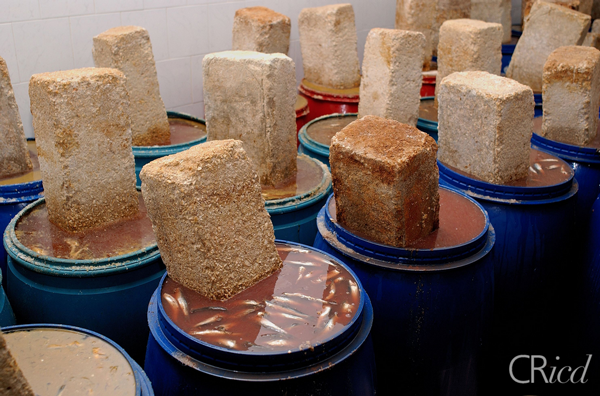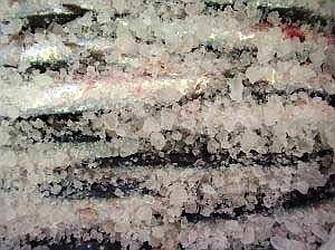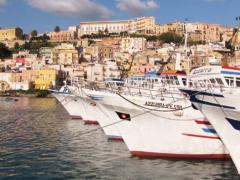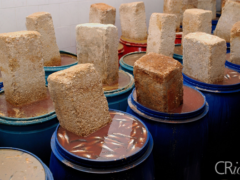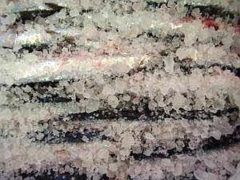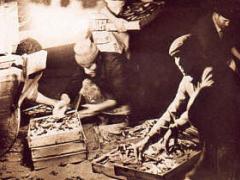Fishing and salting of blue fish
Property included in the Register of Intangible Heritage of Sicily (REIS)
----------------
Technical sheet prepared by: Region of Sicily - Department of cultural heritage and Sicilian identity - CRicd: Regional center for inventory, cataloging and documentation and Sicilian regional film library
Purse seine fishing takes place in the evening with the use of lamparas, which have the purpose of attracting the prey under the light source. Usually the main trawler is accompanied by two small boats,lanced by, which, close the body of water around the net under the light.
From the boat the fishermen observe the quantity of fish that comes to the surface and establish the right moment to pull the nets.
The final phase of the fishing cycle consists of salting. In Sciacca, the working process is still carried out by hand and takes place inside those warehouses located along the port, which in the past were the loading docks of the grain coming from the inside of the island to be exported by sea. The processing period generally corresponded to that of fishing, from March to October, also in this case practiced today all year round. Fifteen, twenty workers, the salt workers, take care of the more complex operations, of greater responsibility, while the women and children help with the lighter tasks. The activity begins with a first immersion of the fish in salt and brine, (infruscari), according to a precise mixture of water and salt. Then, after a certain time, the fish is taken to remove the head (scapuzzari) and again subjected to soaking in brine, now divided by size and cleaned. Thus begins the actual salting, in which the fish, covered with salt (pack), are arranged in layers, each in the opposite direction to the previous one, in special bins.
The last phase of the procedure consists in the care of the bins, which must be covered with a wooden cap subjected to various types of press according to the volume of the contents. From time to time the water that is formed by the contraction of the contents under pressure must be eliminated and the empty spaces integrated with other fish until the bins are completely filled. After a few months of this treatment, the product is ready, placed in smaller cans and intended for sale.
Card insertion on Heritage: Ignazio Caloggero
Information contributions: Web, Region of Sicily
Note: The population of the cards of the Heritage database proceeds in incremental phases: cataloging, georeferencing, insertion of information and images. The cultural property in question has been cataloged, and the first information has been entered. In order to enrich the information content, further contributions are welcome, if you wish you can contribute through our area "Your Contributions"



